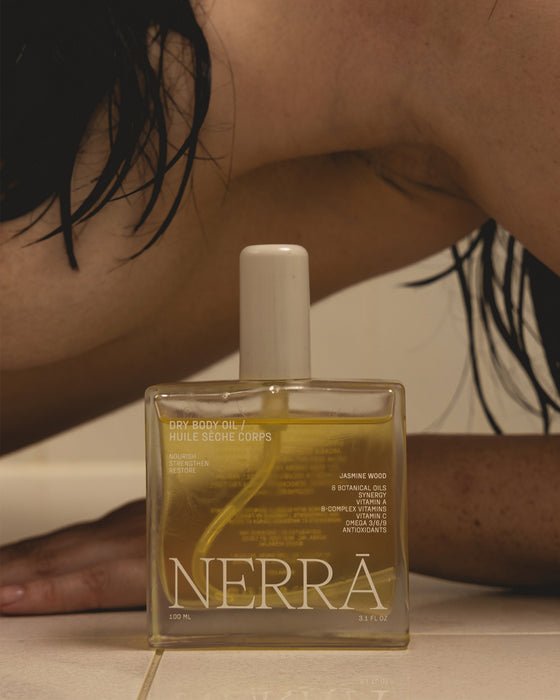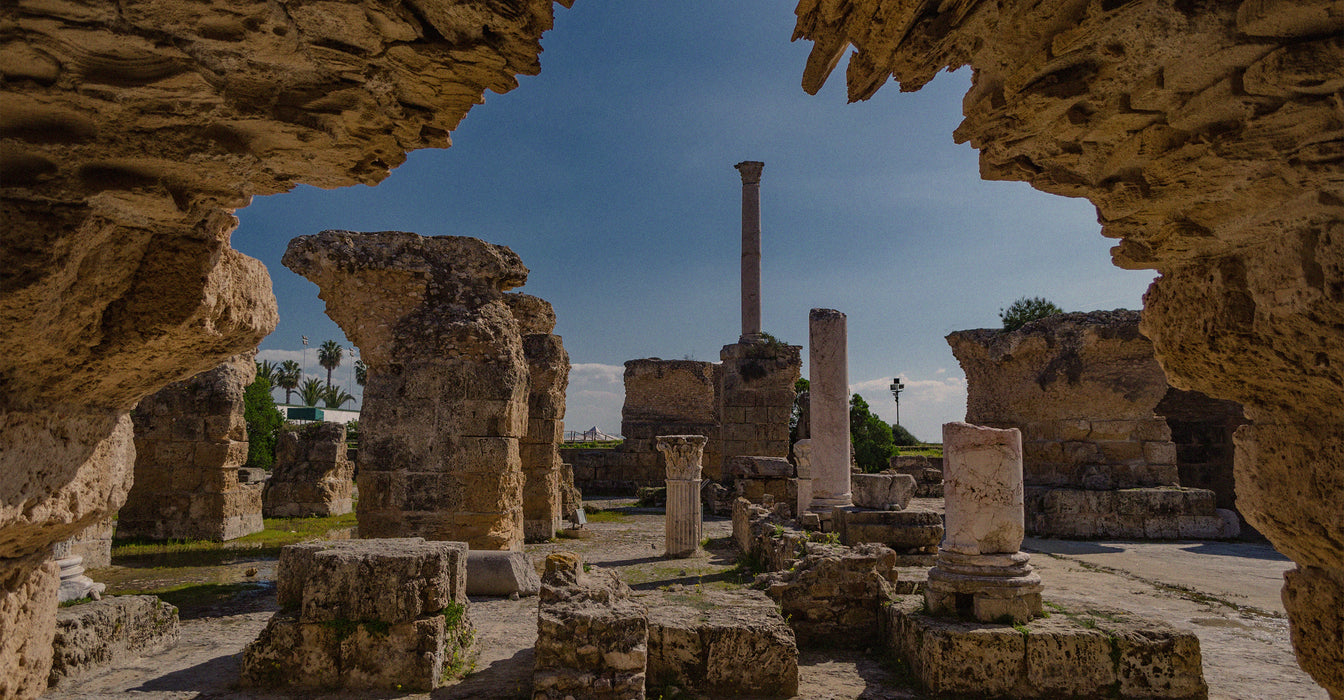4 cherished steps

What is hammam?
Hammam is the Arabic word for “bath” or “bathhouse” used to describe the Roman-inspired public baths found along the Mediterranean and into North Africa, as well as the four-step bathing practice done within.
What is the cultural background of the hammam?
With roots traced back to the Roman Empire’s public bathing complexes, the hammam is a result of Roman bathing culture merging with Mediterranean and North African cultures and traditions and the Islamic emphasis on cleanliness. Inspired, the Turks erected elaborate bathhouses (hammams) of their own with an emphasis on architecture and design.
Where do the four steps come from?
Each step of hammam-style body cleansing extends from the natural resources and cultural traditions of the Mediterranean and North African region: the ubiquitous Mediterranean “green soap” made from olive oil remnants, the North African kessa glove exfoliation tradition, purifying clays like Moroccan Rhassoul and Tunisian Tfal and, of course, the region’s prized argan oil for nourishment and moisture.
An ancient ritual, reimagined
SOAK
The first step of hammam and all ancient bathing practices is a steamy soak in hot water to relax muscles and open pores. Enjoy this step in your bathtub or a very steamy shower.
prepare
The traditional green soap of Mediterranean bathhouses was derived from olive oil and used for its soap-like ability to unbind dead skin cells. Our green-soap-inspired formula offers the same releasing effect, while offering nourishment to the new skin layers underneath and protecting new skin in the next step.
exfoliate
A full body scrub is ubiquitous with bathhouse cleansing. Our exfoliation process is gentle, more nourishing, and suitable for all skin types thanks to our microbiome-friendly certified body glove made from biodegradable plant fibers in two strengths (gentle and deep).
purify & hydrate
After exfoliating, the traditional next step is a full body clay mask to pull impurities out of the skin. Our modern take leans on pink clay to purify newly uncovered skin while delivering hyaluronic acid, vegan collagen and algae probiotics for further nourishment.
Nourish
Traditionally argan and olive oils are used to moisturize all over as the final step in the hammam body cleansing ritual. Our body oil balances these beloved oils with fast-absorbing botanical oils and extracts that absorb thoroughly leaving skin nourished without a greasy feel.
In ancient times, people visited bathhouses for personal hygiene (and to socialize and relax). Now that baths and showers are widespread, bathhouse practices risk extinction. We are honored to help preserve one of civilization’s oldest self-care rituals.
